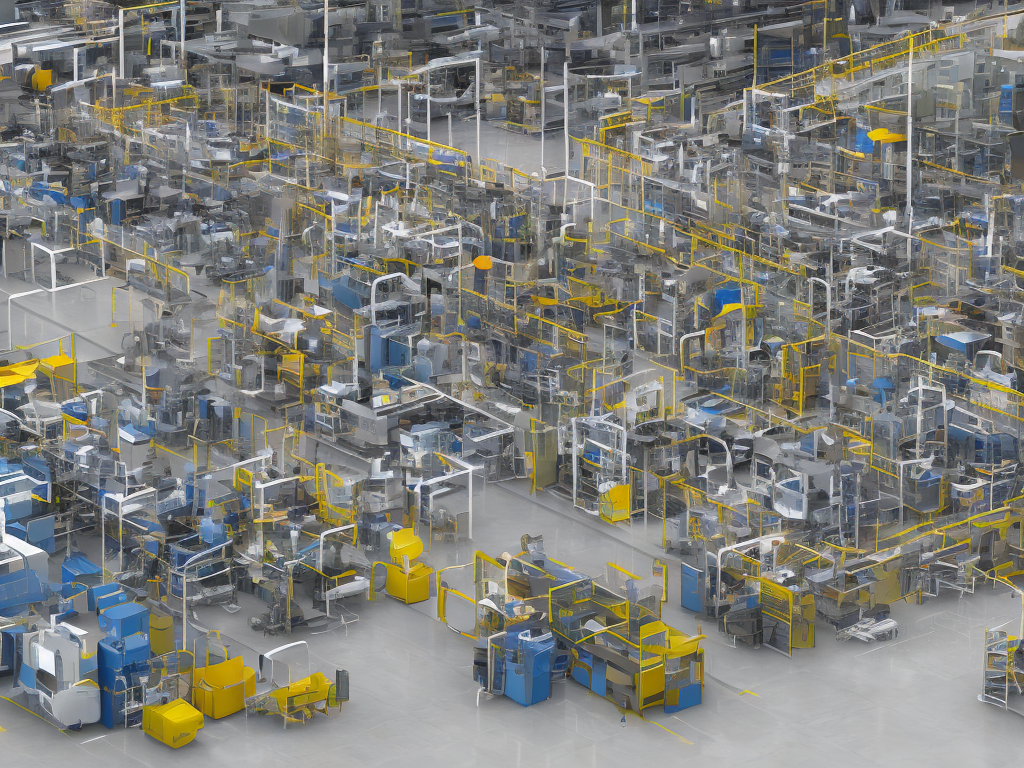
Absorption costing, also popularly known as full costing, is an accounting technique that allocates all manufacturing costs to the products produced. It is a traditional method that has been used for decades to determine the cost of goods sold (COGS) and profit for a particular product. This method is commonly used in the manufacturing sector and is advantageous over other costing methods for several reasons.
Absorption costing is the only method that accounts for all the direct and indirect costs incurred during a manufacturing process. These costs include direct materials, direct labor, and overheads such as rent, depreciation, and utilities. All these costs are allocated to the final product, thereby ensuring that no cost is omitted.
This method allows companies to understand the true cost of producing a product, including both variable and fixed costs. As a result, management can make informed decisions regarding production volumes, pricing, and overall profitability.
Absorption costing provides a more accurate method of accounting for inventory and COGS. Under this method, inventory is valued at the full cost of production, including all direct and indirect costs. Only when goods are sold are the costs recognized as expenses on the income statement. This is different from other costing methods such as variable costing, where only variable costs are considered in the calculation of COGS.
One of the main advantages of absorption costing is that it provides greater stability in the calculation of COGS and gross profit. This is due to the allocation of fixed overheads to products. Fixed overheads, such as rent and salaries, are not affected by changes in production levels or product lines. Hence, the allocation of fixed overheads to products does not change with fluctuations in production levels. As a result, absorption costing provides consistent results.
While absorption costing is widely used, it is crucial to understand that it is not a perfect costing method. One of the limitations of absorption costing is that it is not suitable for organizations that have a high level of overheads. This is because the allocation of overheads can skew the true cost of production, making it difficult to determine profitability accurately.
Another limitation of absorption costing is that it does not provide accurate information on the behavior of costs. The method assumes that all costs are fixed, which may not always be the case. For example, variable costs, such as direct materials, may fluctuate with changes in production volume. Absorption costing may not reflect these changes accurately.
Absorption costing is also known as full costing because it allocates all direct and indirect costs to the final product. This is different from other costing methods such as variable costing, which only accounts for variable costs.
In conclusion, absorption costing is a traditional costing method that is widely used in the manufacturing sector. It is valuable in determining the true cost of production and provides accurate information on inventory valuation, COGS, gross profit, and profitability. However, it has its limitations, and organizations must understand its suitability for their particular industry or sector.
 Self-Instruct
Self-Instruct